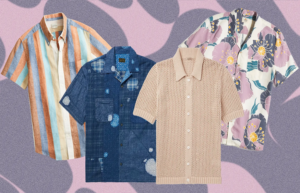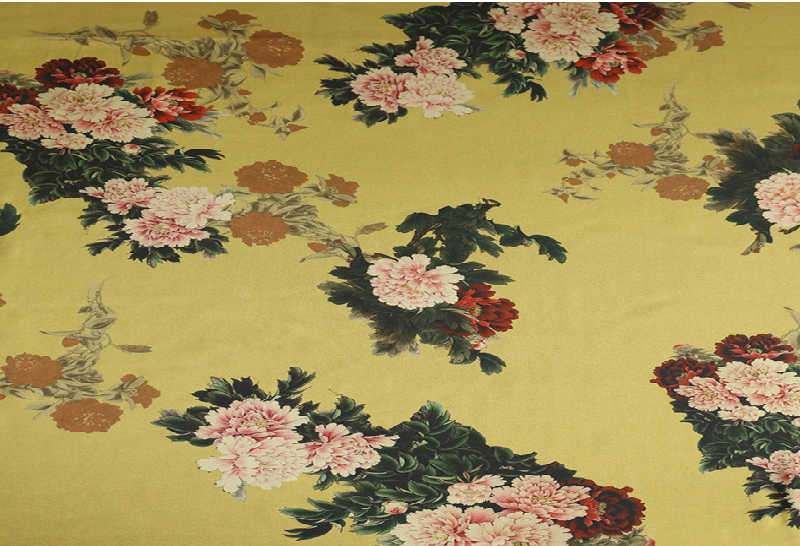Among the pieces of our dressing room , the t-shirt and the shirt occupy places of choice. And apart from these two, it’s hard to find another piece so representative of the men’s wardrobe. But if you dig deep, there is one that appears quite quickly: the polo shirt. Curious mixture between the t-shirt and the shirt , it is often shunned for its side a little too “pepperizing”. However, the latter has been operating for a few seasons already a real “remontada” so that it presents itself as a strong piece of an entire collection. Today, we are therefore going back to its history, but above all.
We are giving you some keys to choosing the best your next polo shirt:
1. The short history of polo
If the polo takes its name from the equestrian sport of the same name (and which gave rise to the creation of the polo shirt by the British troops in the 19th century), it is rather on the side of tennis that we find the origin of the clothing as we know it today. In the 1920s , tennis players were imposed an elegant , but rather uncomfortable dress code . It then aims to represent the standing of the sport. The outfit includes, in particular, flannel pants and a long-sleeved shirt . It’s the French René Lacostewho, the first, will decide to free themselves from these codes during the US Open 1926 . Tired of constantly rolling up his sleeves during matches, the “Crocodile” then opted for short sleeves .
Eisenower Golf Polo Shirt
To make it more breathable , he made the shirt in piqué cotton , which also allowed it to be stronger than a traditional shirt. He also decides to shorten the buttonhole and choose a longer piece at the back . This new form of shirt achieved growing success over the following years, so much so that René Lacoste (who had previously decorated them with a crocodile on his chest) decided to launch a large-scale marketing of his product. The polo shirt, or “Lacoste shirt” (as it was called at the time), was born. Exported internationally during the 1950s, the Lacoste polo shirt is asuccess among sportsmen , going so far as to dress President Eisenhower during his golf games. It has since become an iconic garment in men’s and women’s wardrobes, driven by brands like Fred Perry and Polo Ralph Lauren .
The history of polo
2. Cotton and its different knits
The vast majority of polo shirts are made of cotton . At least, they almost all include cotton in their composition. On the other hand, some polo shirts are made from a cotton blend with polyester for elasticity (be careful that this is present in very small quantities!), linen for lightness or wool for softness. It should be noted that, if René Lacoste wore cotton polo shirts during his Grand Slam tournaments, many fabrics much more suitable for sport have since emerged. Regarding weaving, several possibilities exist:
Quilted cotton
This is the weaving most used in the manufacture of polo shirts, the one borrowed from its origins by René Lacoste. Rather chic, the piqué cotton is both strong and breathable . A good cotton piqué polo
Jersey
The jersey polo shirt has a texture closer to the t-shirt . With greater flexibility than piqué knit, it will also be softer . On the other hand, the fabric being less breathable , the polo shirt will not be a bulwark against perspiration on hot days! For a jersey polo shirt, particular attention will be paid to the weight. As with the choice of a t-shirt, a weight between 145 and 155 grams will be a good compromise between lightness and solidity.
How to choose and wear a men’s white t-shirt?
Mesh polo shirts (understand a non-quilted mesh), if they are less present , are no less elegant. They can be 100% cotton, or incorporate a wool blend. Some top-of-the-range polo shirts may, for example, have a share of cashmere for a thermo-regulating material. Dressier, they will generally be more supple and softer than cotton piqué models. Different types of stitches exist: waffle, honeycomb, cable , etc.



